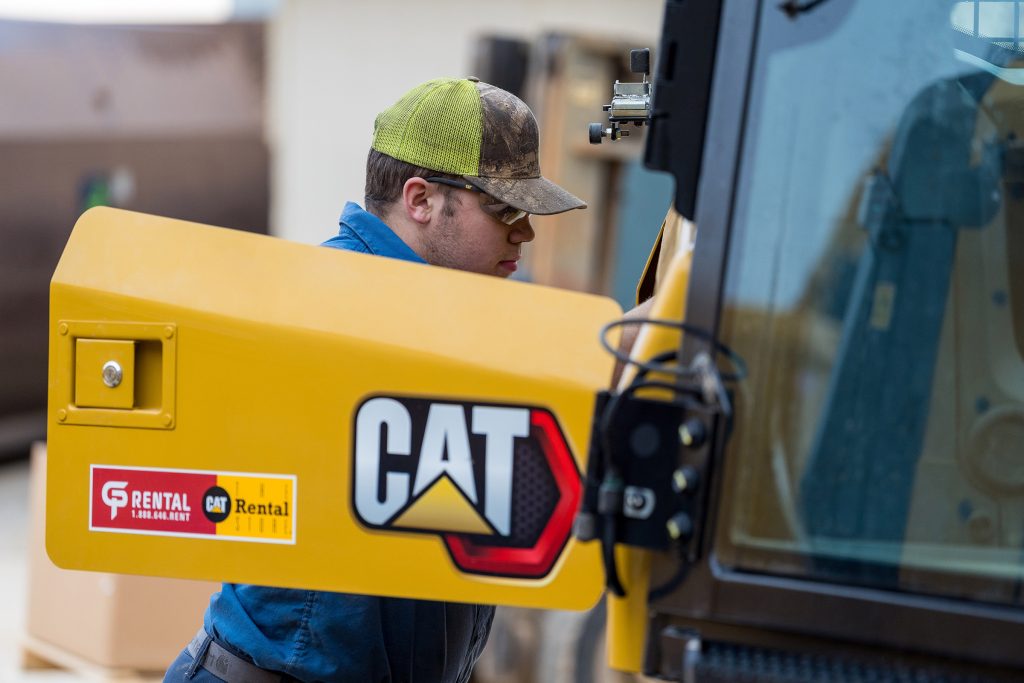
In the world of construction, where deadlines loom and projects demand precision, your equipment choice can make or break a project. For many construction companies, renting equipment is not just a practical choice but often a necessary one. However, in the rush to secure the right tools for the job, common pitfalls can lead to unnecessary costs, delays, and headaches. In this guide, we’ll navigate through the potential mistakes to avoid when renting construction equipment.
Skipping Research
Before diving headfirst into the rental process, take the time to research thoroughly. Understand the specific requirements of your project, including the type and scale of equipment needed. Each project is unique, and what works for one may not be suitable for another. Consider factors such as terrain, load capacity, and environmental conditions. Researching various rental companies also lets you compare prices, equipment quality, and customer reviews, ensuring you make an informed decision.
Ignoring Equipment Condition
While rental equipment may seem like a cost-effective solution, it’s essential to inspect the condition of the machinery thoroughly. Ignoring signs of wear and tear or failing to test equipment functionality before renting can lead to costly downtime and safety hazards on the job site. Inquire about the age of the equipment to make sure it meets your standards for reliability and performance.
Neglecting Proper Training
Even the most experienced construction crews can encounter challenges when operating unfamiliar equipment. Neglecting the opportunity to provide adequate training for your team on rented machinery can result in accidents, damage to equipment, and project delays. Prioritize safety by ensuring all operators receive comprehensive training on equipment operation, safety protocols, and emergency procedures before commencing work. It is important to remember for some equipment (MEWPs in particular) require actual certifications to operate beyond just familiarization.
Overlooking Rental Terms and Conditions
Renting construction equipment involves more than just selecting the right machinery. It’s crucial to review rental agreements carefully, paying close attention to terms and conditions, insurance coverage, and liability clauses. Understand the rental duration, billing cycles, and penalties for late returns or damages. Clarify your responsibilities for maintenance and repairs to avoid unexpected expenses down the line.
Failing to Plan for Contingencies
In the dynamic world of construction, unexpected challenges are par for the course. Failing to anticipate contingencies when renting equipment can leave you vulnerable to costly disruptions. Have a backup plan in place for equipment breakdowns, delays in delivery, or changes in project scope. Consider renting additional equipment or securing alternative suppliers to mitigate potential risks and keep your project on track.
Ignoring Total Cost of Ownership
While renting equipment may offer short-term cost savings, it’s essential to consider the total cost of ownership over a project’s lifecycle. Evaluate factors such as rental fees, transportation costs, maintenance expenses, and potential downtime. In some cases, purchasing equipment outright or leasing may be a more cost-effective option for your business in the long run. Conduct a thorough cost-benefit analysis to determine the most economical solution for your specific needs.
Underestimating Support and Customer Service
Renting construction equipment is not just about acquiring machinery; it’s also about establishing a partnership with your rental provider. Don’t underestimate the importance of reliable customer support and responsive service. Choose a rental company that offers technical assistance, onsite support, and prompt resolution of issues. A reputable rental provider will be committed to your success and willing to go the extra mile to ensure your satisfaction.
Renting construction equipment can be a strategic decision that offers flexibility, cost savings, and access to a wide range of specialized machinery. However, navigating the rental landscape requires careful planning, attention to detail, and proactive risk management. By avoiding common mistakes such as skipping research, neglecting equipment condition, and underestimating support, you can maximize the value of your rental investment and ensure the success of your